Pictures
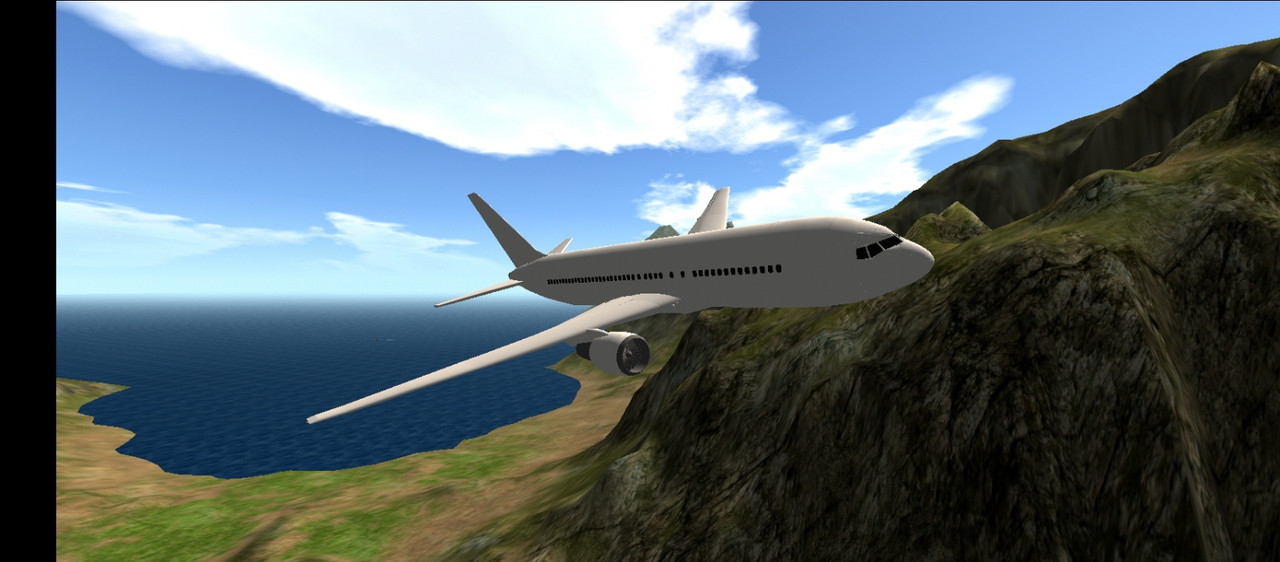


Info
Takeoff Speed: 135~145 kts
Landing Speed: 130~135 kts
Stall Speed: 115 kts
Max Speed: 200+ kts
Max Cruise alt: 35,000~40,000ft
Controls And Activations
VTOL Down - Flaps and Slats
Ag1 - Reverse Thrust
Ag2 - Nav Lights
Ag3 - Strobe Lights
Ag4 - landing Lights
Ag5 - taxi Lights
Ag6 - Logo Lights
Ag7 - Nothing
Ag8 - Engines
From WIKI
The Boeing 767 is a wide-body airliner developed and manufactured by Boeing Commercial Airplanes. The airliner was launched as the 7X7 project on July 14, 1978, the prototype first flew on September 26, 1981, and it was certified on July 30, 1982. The original 767-200 entered service on September 8, 1982 with United Airlines, and the extended-range 767-200ER in 1984. It was stretched into the 767-300 in October 1986, followed by the 767-300ER in 1988, the most popular variant. The 767-300F, a production freighter version, debuted in October 1995. It was stretched again into the 767-400ER from September 2000.
To complement the larger 747, it has a seven-abreast cross-section, accommodating smaller LD2 ULD cargo containers. The 767 is Boeing's first wide-body twinjet, powered by General Electric CF6, Rolls-Royce RB211, or Pratt & Whitney JT9D turbofans. JT9D engines were eventually replaced by PW4000 engines. The aircraft has a conventional tail and a supercritical wing for reduced aerodynamic drag. Its two-crew glass cockpit, a first for a Boeing airliner, was developed jointly for the 757 - a narrow-body aircraft, allowing a common pilot type rating. Studies for a higher-capacity 767 in 1986 led Boeing to develop the larger 777 twinjet, introduced in June 1995.
The 159-foot-long (48.5 m) 767-200 typically seats 216 passengers over 3,900 nmi (7,200 km), while the 767-200ER seats 181 over a 6,590 nautical miles (12,200 km) range. The 180-foot-long (54.9 m) 767-300 typically seats 269 passengers over 3,900 nmi (7,200 km), while the 767-300ER seats 218 over 5,980 nmi (11,070 km). The 767-300F can haul 116,000 lb (52.7 t) over 3,225 nmi (6,025 km), and the 201.3-foot-long (61.37 m) 767-400ER typically seats 245 passengers over 5,625 nmi (10,415 km). Military derivatives include the E-767 for surveillance and the KC-767 and KC-46 aerial tankers.
After being initially used on U.S. transcontinental routes, that was extended with ETOPS regulations from 1985 and it is frequently used on transatlantic flights. As of August 2019, Boeing has received 1,254 orders from 74 customers, with 1,161 delivered, while the remaining orders are for cargo or tanker variants.[2] A total of 742 of these aircraft were in service in July 2018.[3] Delta Air Lines is the largest operator with 77 aircraft. Competitors have included the Airbus A300, A310, and A330-200. Its successor, the 787 Dreamliner, entered service in 2011.
ENJOY FLYING!
Specifications
General Characteristics
- Predecessor Boeing 767-200 Cockpit
- Created On Android
- Wingspan 144.0ft (43.9m)
- Length 146.4ft (44.6m)
- Height 49.6ft (15.1m)
- Empty Weight 15,244lbs (6,914kg)
- Loaded Weight 176,516lbs (80,066kg)
Performance
- Power/Weight Ratio 1.527
- Wing Loading 32.8lbs/ft2 (160.1kg/m2)
- Wing Area 5,382.0ft2 (500.0m2)
- Drag Points 55958
Parts
- Number of Parts 493
- Control Surfaces 10
- Performance Cost 2,308

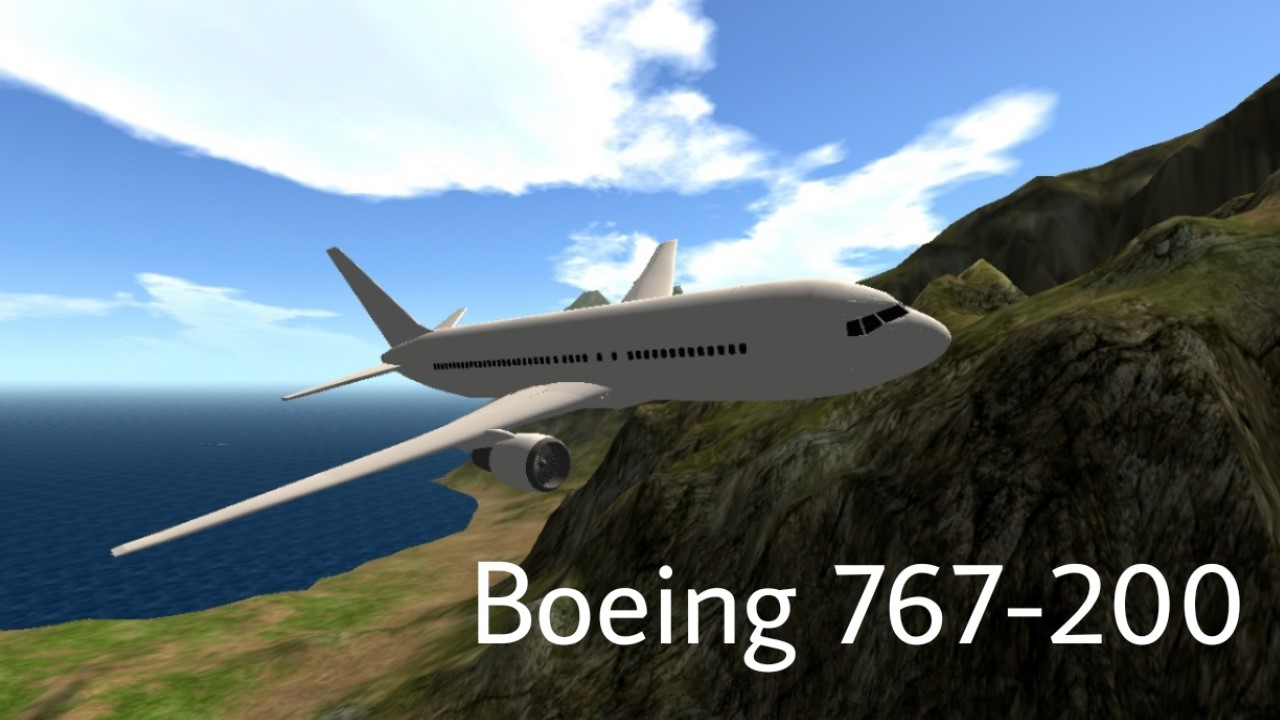

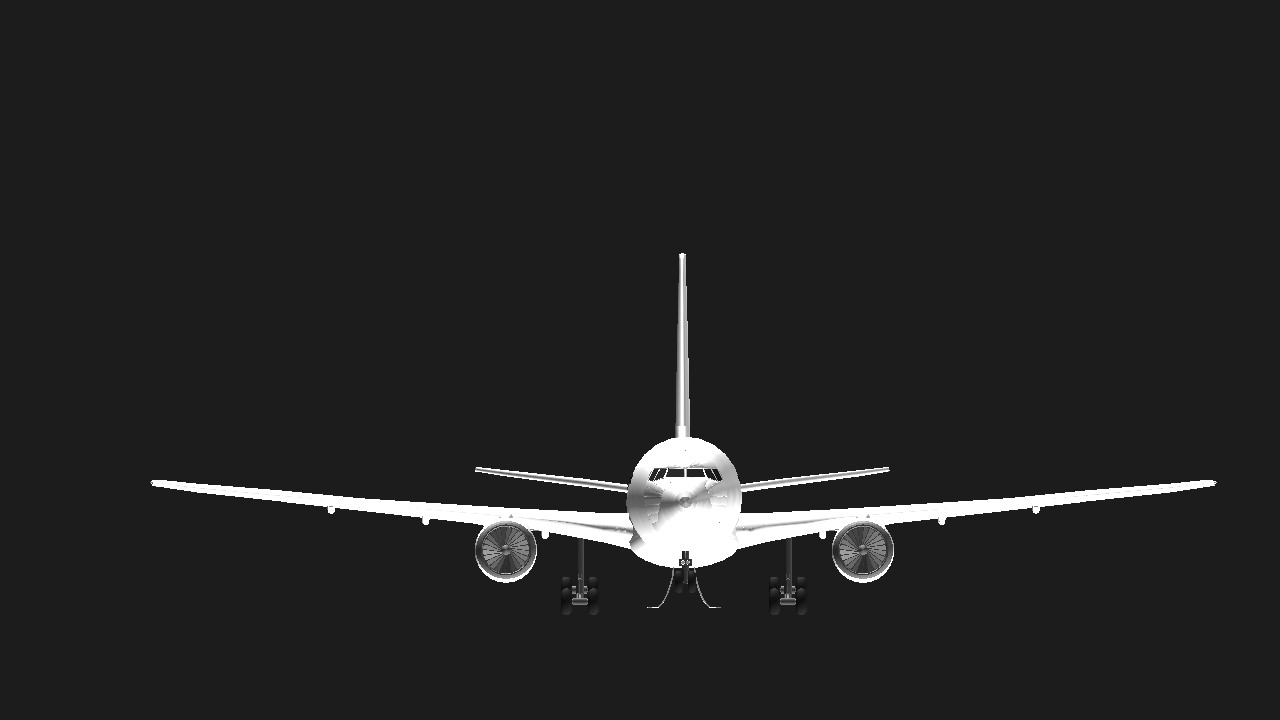
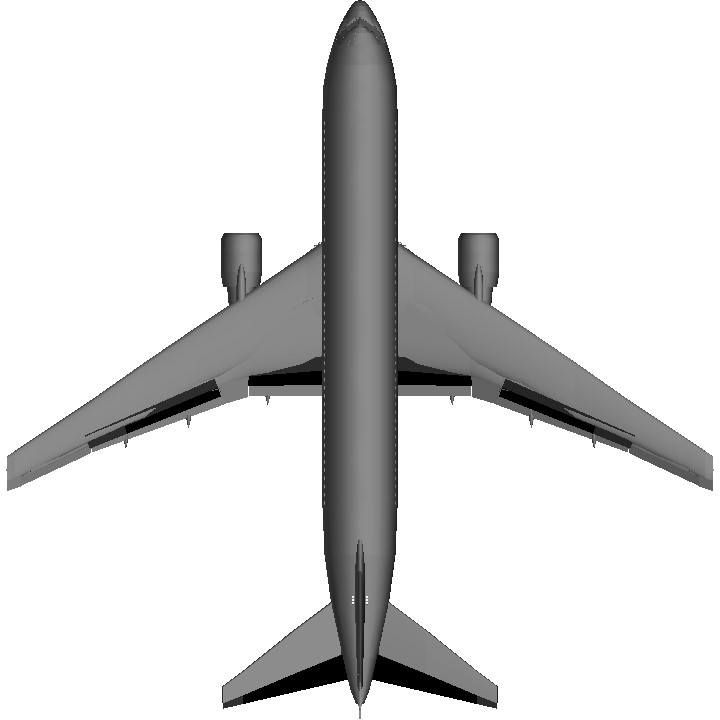
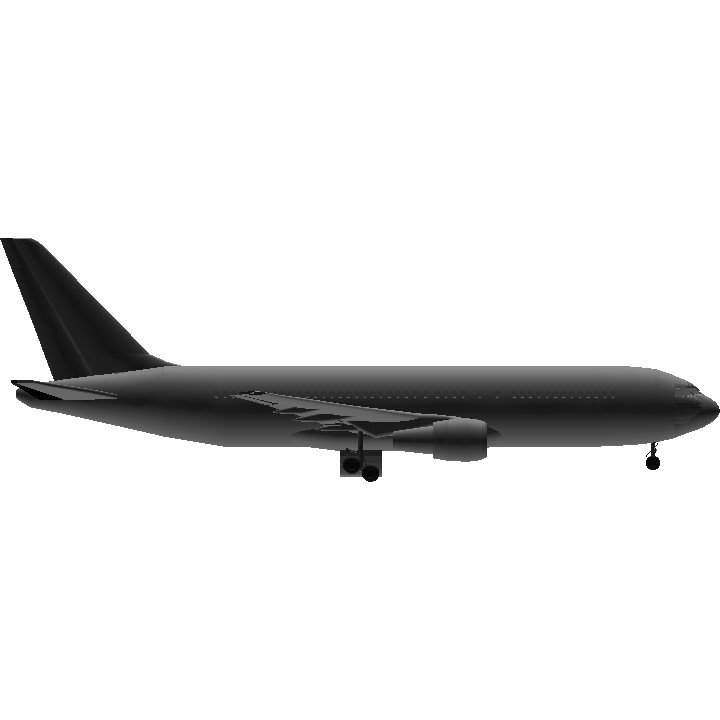
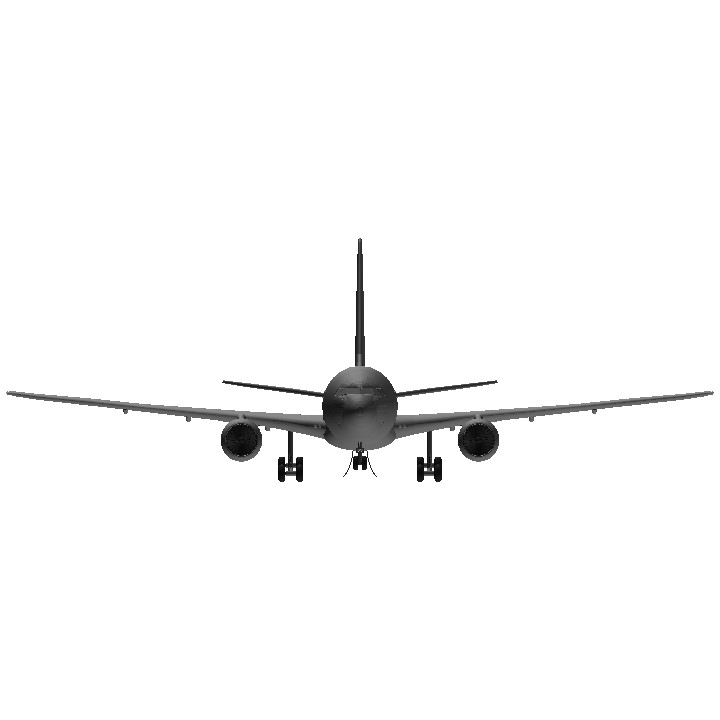
All tags where requested from the teaser and spsc server
@TatsuTheDemonLord
@RandomNameWithToxic
@Spenzerointernational
@EverettStormy